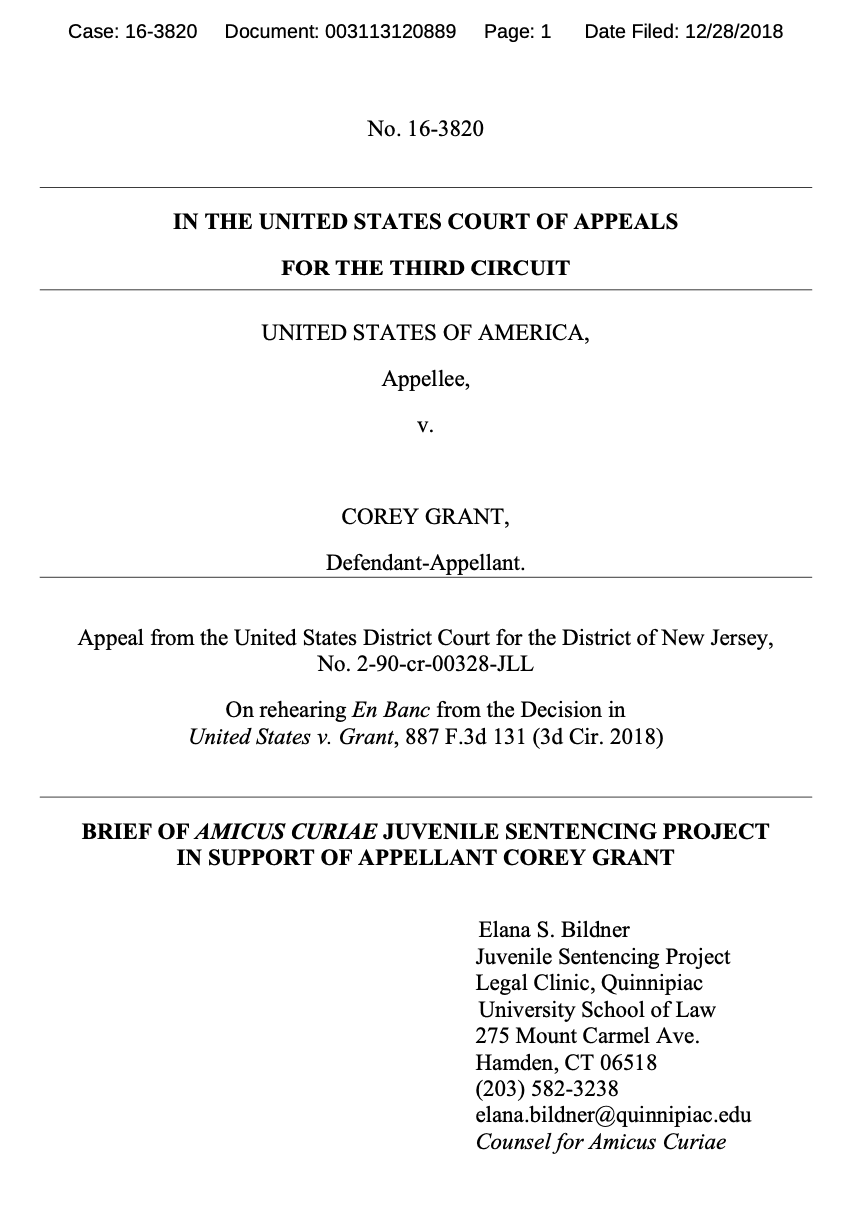
Summary of Argument
In Graham v. Florida, 560 U.S. 48 (2010), Miller v. Alabama, 567 U.S. 460 (2012), and Montgomery v. Louisiana, 136 S. Ct. 718 (2016), the U.S. Supreme Courtplaced constitutional limits on sentences that may be imposed on children. Graham held that children convicted of nonhomicide offenses cannot be sentenced to life without parole, and must have a “realistic” and “meaningful opportunity to obtain release based on demonstrated maturity and rehabilitation.” Graham, 560 U.S. at 75, 82. Miller and Montgomery establish that children must have this meaningful opportunity for release even in homicide cases— except in the rarest of instances where the child is found to “exhibit such irretrievable depravity that rehabilitation is impossible.” Montgomery, 136 S. Ct. at 733. A sentence that fails to provide an opportunity for release at a meaningful point in a juvenile’s life triggers Eighth Amendment protections—regardless of whether it is labeled life without parole, life with parole, or a term of years.
Although the Supreme Court did not articulate the precise point in time at which this window for a “meaningful opportunity” closes, it held that a juvenile offender who is not incorrigible must receive a “chance for fulfillment outside prison walls” and a “chance for reconciliation with society.” Graham, 560 U.S. at 79 (emphases added). State legislatures endeavoring to uphold the Eighth Amendment’s mandate provide further guidance. Mr. Grant, who has been expressly deemed “not incorrigible,” is now serving a 65-year sentence. Yet most legislatures that have eliminated life without parole for juveniles after Miller have now set the threshold for a permissible sentence for any juvenile offender at half that, or less. Their consensus is that the requisite meaningful opportunity must occur after a juvenile spends no more than two or three decades in prison—not six or seven, and certainly not a near-lifetime.